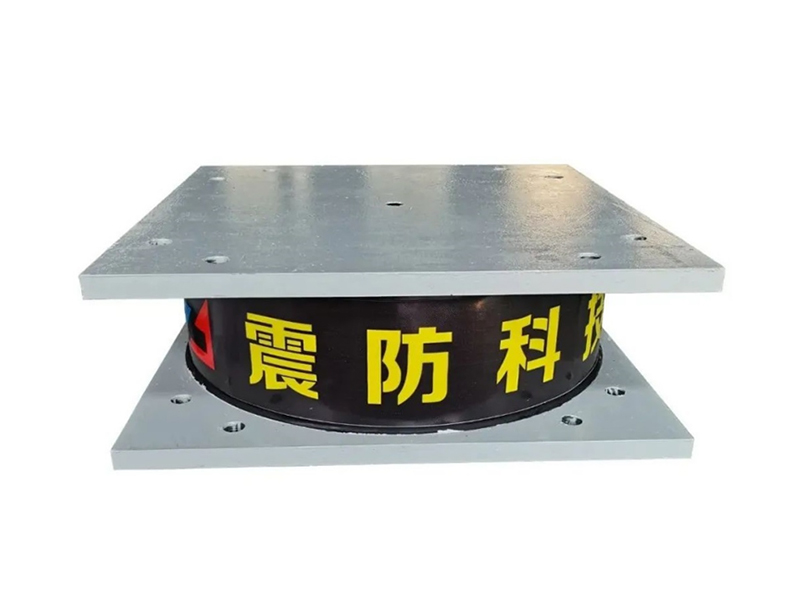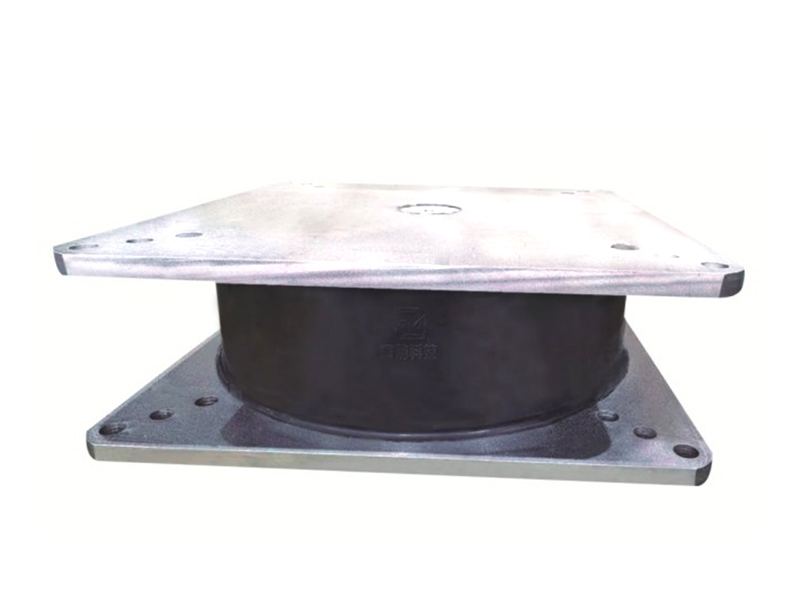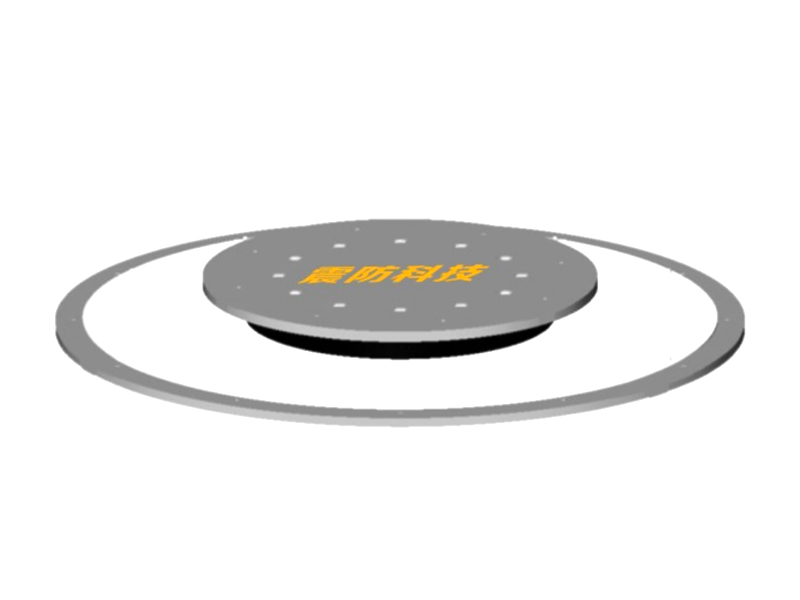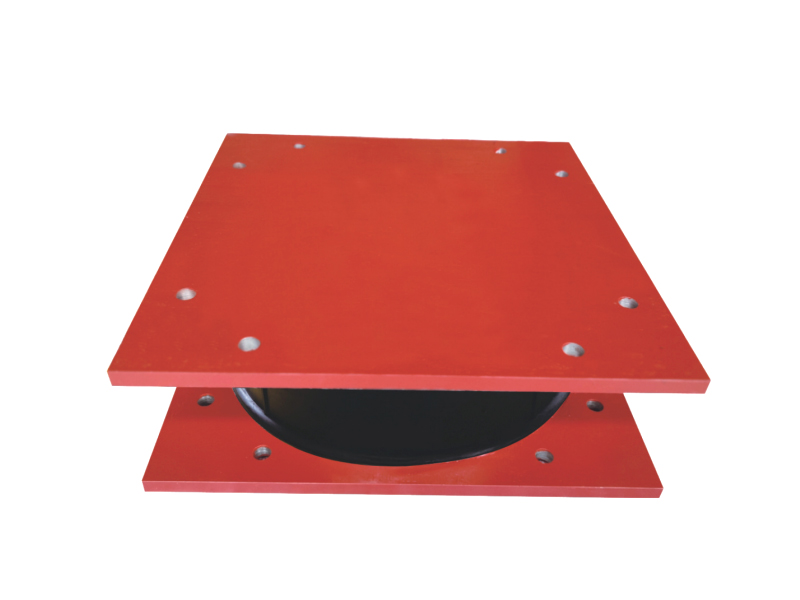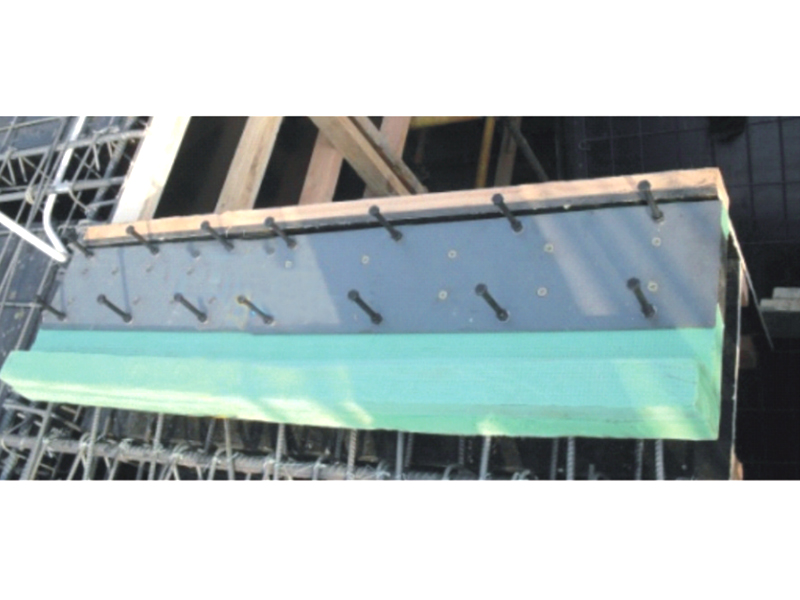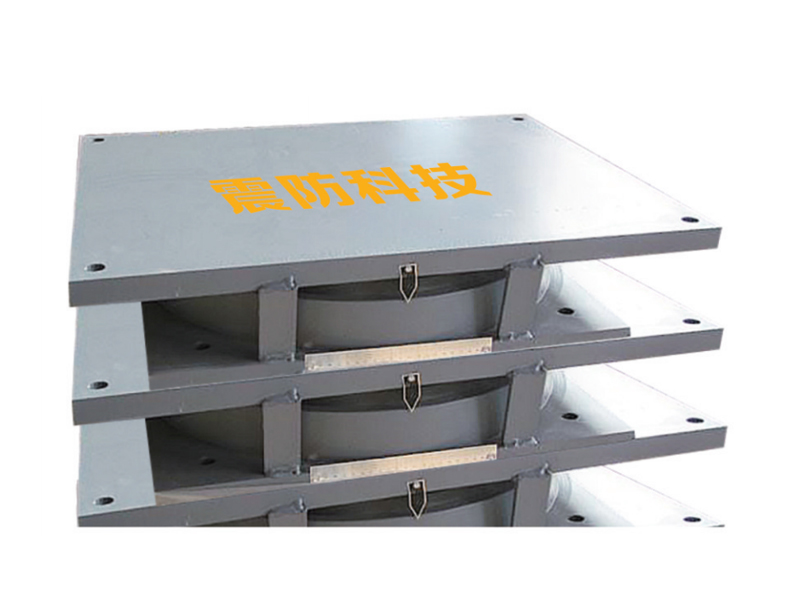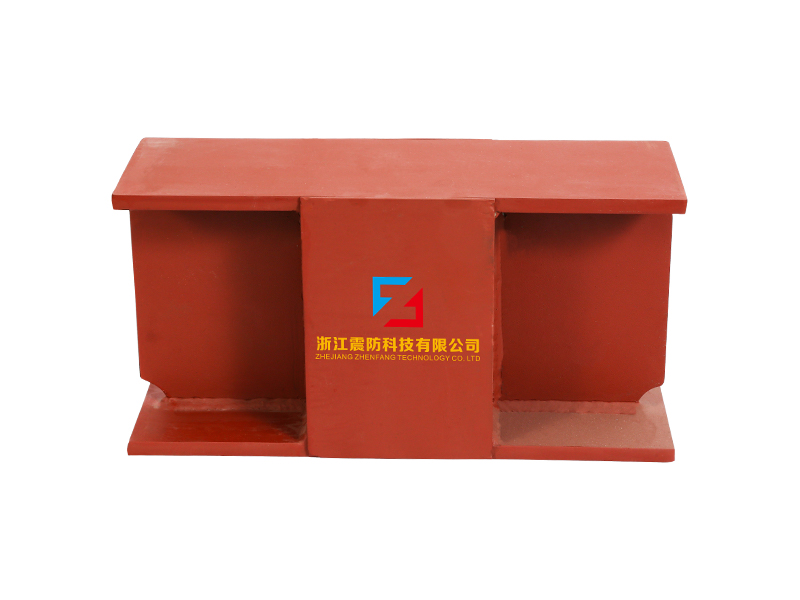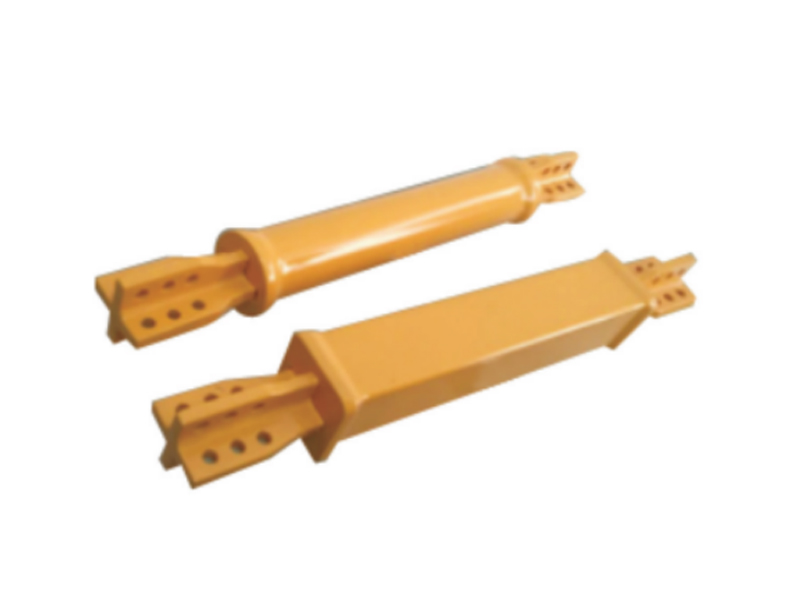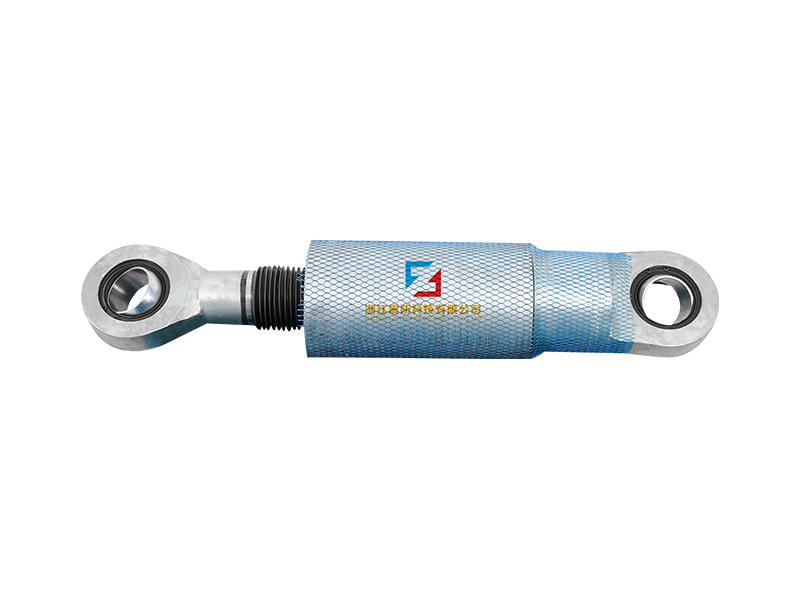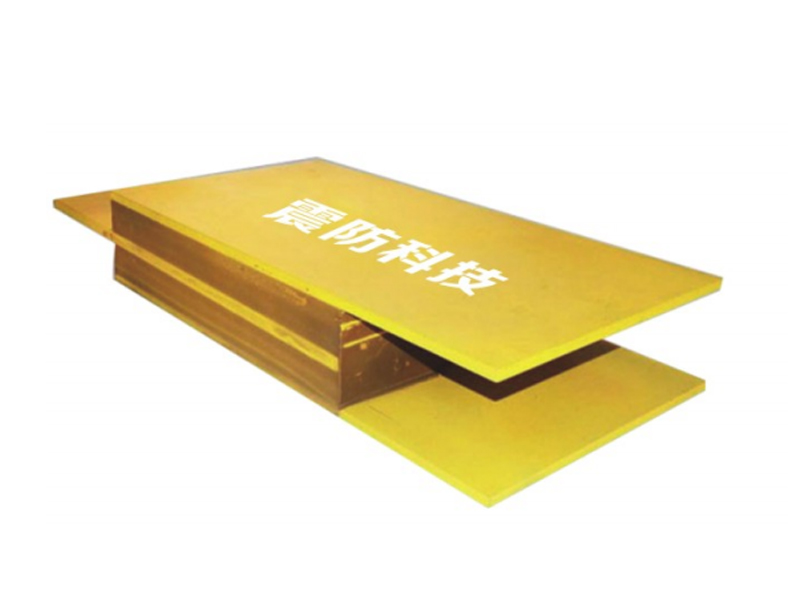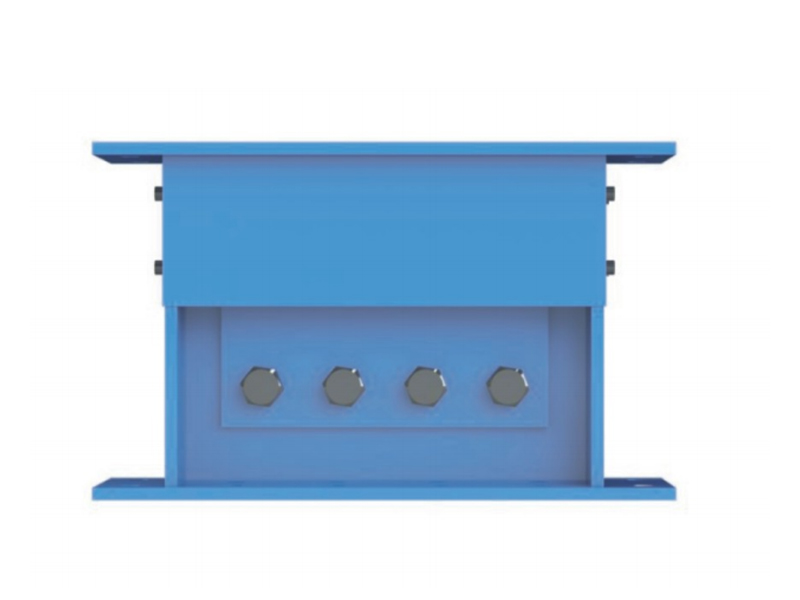The company has been adhering to the corporate tenet of "quality first, customer first", and sincerely welcomes domestic and foreign customers to visit and guide.
GET A QUOTEIn the wake of ever-increasing seismic activity and the growing need for safer, more resilient structures, engineers and architects have turned to advanced technologies to protect buildings and infrastructure from earthquake damage. One such solution that has gained significant attention in recent years is Low Damping Lead Rubber Bearing (LD-LRB) Base Isolation. This good technology provides an effective and reliable method for protecting structures against the forces of seismic events, offering a promising solution for both new and retrofitted buildings.
What is Low Damping Lead Rubber Bearing Base Isolation?
Low Damping Lead Rubber Bearings (LD-LRBs) are seismic isolators that combine the benefits of rubber and lead, resulting in an innovative solution that reduces the transmission of earthquake-induced forces to the building structure. The system works by placing a series of lead-core rubber bearings between the building’s foundation and its superstructure. These bearings act as a cushion, absorbing and dissipating the energy generated during an earthquake.
The term "low damping" refers to the specific amount of energy dissipation provided by the isolator. While some isolation systems feature high damping, the LD-LRB offers a balance that enables it to efficiently reduce seismic forces without causing excessive stiffness or compromising flexibility.
Key Advantages of Low Damping Lead Rubber Bearing Base Isolation
Seismic Protection: The primary advantage of LD-LRBs is their ability to significantly reduce the impact of seismic forces on structures. The core in each bearing undergoes deformation during an earthquake, absorbing energy and preventing it from reaching the building’s superstructure. As a result, buildings equipped with LD-LRB isolation can better withstand earthquakes, reducing damage and increasing the safety of occupants.
Improved Structural Integrity: Unlike conventional buildings, which are often designed to resist seismic forces through rigid reinforcement, structures equipped with LD-LRB isolation remain flexible during an earthquake. This flexibility helps preserve the integrity of the building, preventing the formation of cracks or failures in critical components such as walls, columns, and foundations.
Cost-Effective Solution: While the initial installation of LD-LRB isolators can be an investment, the long-term benefits in terms of reduced repair costs, fewer insurance claims, and longer lifespan make this a cost-effective solution. Additionally, the technology can be applied to both new constructions and retrofitted to existing buildings, making it a versatile option for a variety of projects.
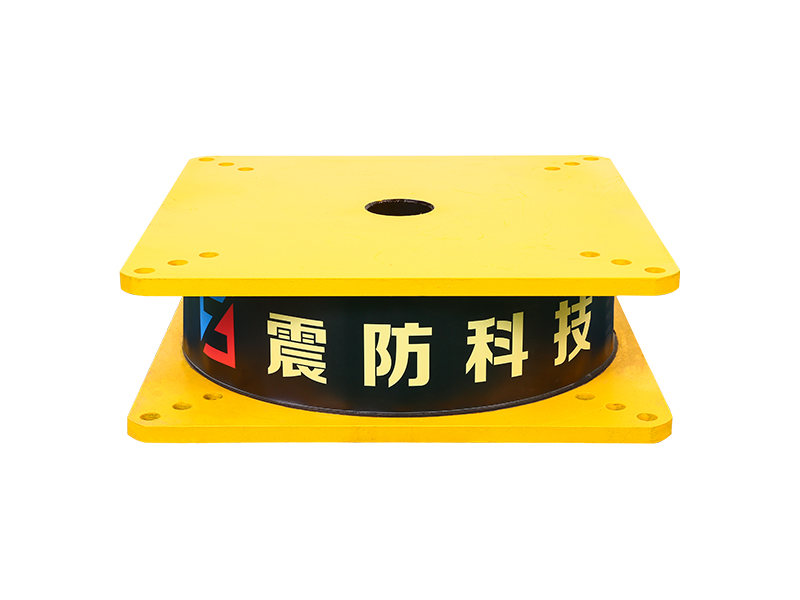
Reduced Post-Earthquake Downtime: After a significant earthquake, buildings equipped with LD-LRB isolation systems typically experience less damage, allowing for quicker re-entry and recovery. This is especially critical for essential infrastructure, such as hospitals, schools, and emergency response centers, where rapid functionality is crucial.
little Maintenance Requirements: LD-LRBs are designed to last for decades with little maintenance. Unlike some other seismic protection systems, the rubber bearings are highly durable and resistant to wear and tear, making them a reliable choice for long-term use.
Usage Scenarios of Low Damping Lead Rubber Bearing Base Isolation
The versatility of LD-LRBs makes them suitable for a wide range of applications. Below are some of the common scenarios where this technology is proving to be invaluable.
High-Rise Buildings: In seismically active regions, high-rise buildings are particularly vulnerable to earthquake forces. LD-LRB base isolation provides an effective way to protect these structures by decoupling the building from ground motion. This results in reduced vibration and improved stability, ensuring that high-rise buildings can withstand even the powerful earthquakes.
Critical Infrastructure: Hospitals, fire stations, government buildings, and other critical infrastructure must remain operational during and after an earthquake. The installation of LD-LRBs in these facilities ensures that they are shielded from seismic damage, allowing emergency services to continue functioning and providing a safe space for affected individuals.
Bridges and Overpasses: Bridges and overpasses are often exposed to severe seismic forces due to their elevated nature and long spans. LD-LRB isolation can be used to reduce the forces transmitted to these structures during an earthquake, improving their performance and preventing costly damage or collapse.

